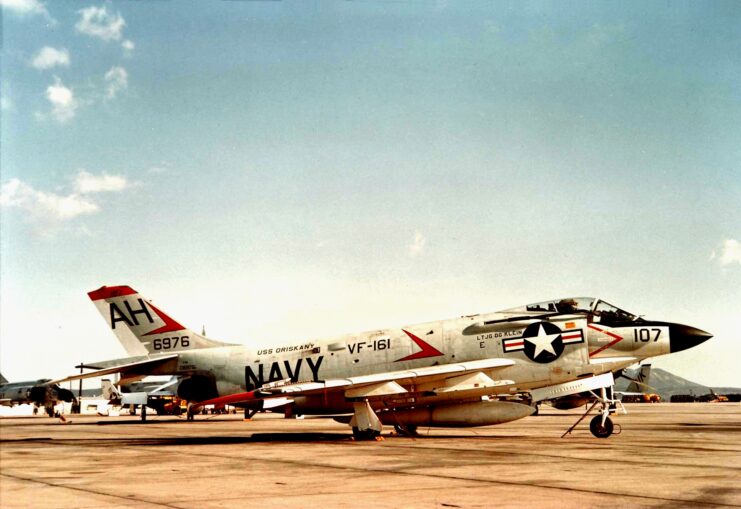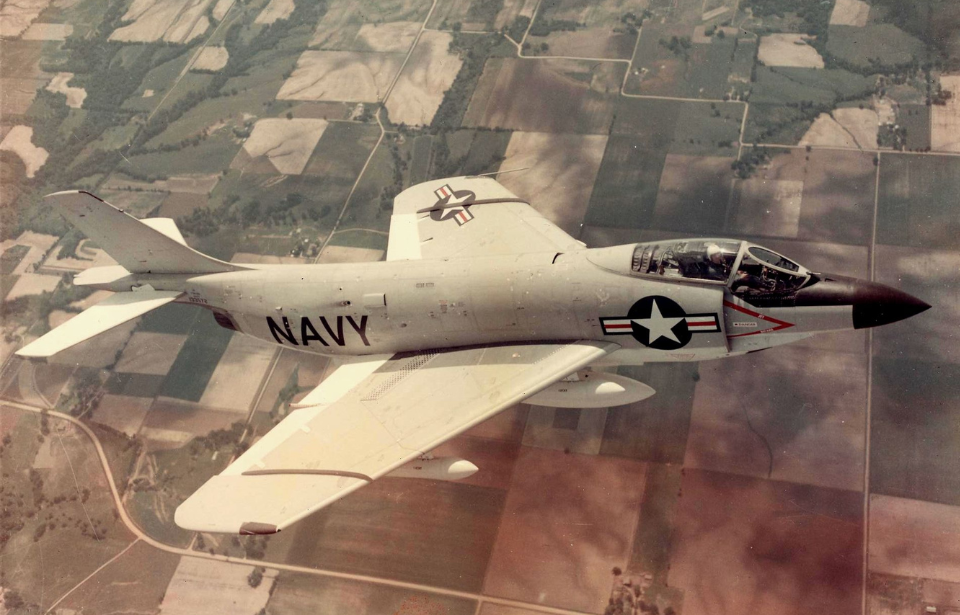The US Navy has operated an array of aircraft throughout its history, but few had as short a service life as the McDonnell F3H Demon. Developed to counter the powerful fighters coming out of the Soviet Union, its engine issues resulted in several delays. When it was finally ready to see combat, it was already a relic, and, before long, was superseded by the F-4 Phantom II.
Development of the McDonnell F3H Demon
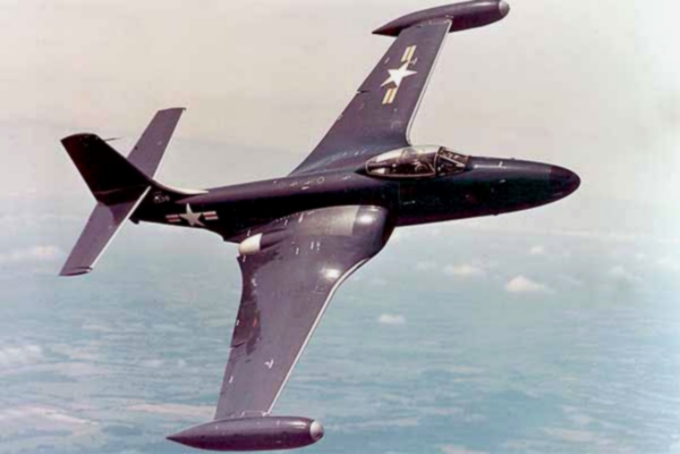
The McDonnell F3H Demon was developed as a replacement for the company’s earlier single-seat, carrier-based F2H Banshee. In 1948, aware the Soviet Union was developing the high-performance Mikoyan-Gurevich MiG-15, the US Navy issued a call for a swept-wing fighter. The need for such an aircraft only grew when the MiG-15 made its debut in Korea, showing its superiority over the F2H and Grumman F9F Panther.
Before long, prototypes for the F3H began to roll off the production line. It was the first swept-wing design from McDonnell and among the first US aircraft capable of equipping missiles.
Engine issues plagued the development phase
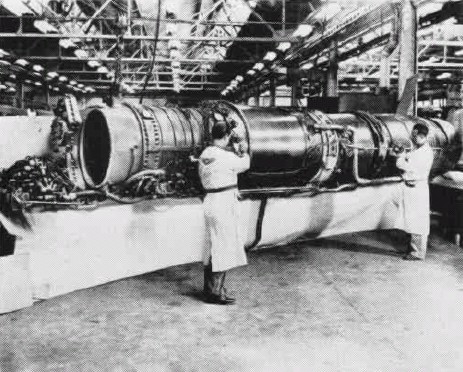
One of the issues that plagued the F3H Demon was its engine. The US Navy had initially envisioned the aircraft equipped with a Westinghouse J40. The appeal was that the J40 would produce more power than traditional engines, and just a single one would be required per aircraft.
However, issues arose upon the J40 being equipped by the F3H. While this can partially be attributed to the aircraft’s weight (it was a hefty 33,900-39,000 pounds), the engine ultimately failed to produce the promised thrust and was unreliable. While numbers vary, there were several recorded instances of J40-equipped F3Hs becoming involved in accidents that resulted in the deaths of their pilots.
All this led the Navy to replace the J40 with the less-powerful Allison J71 engine.
McDonnell F3H Demon specs
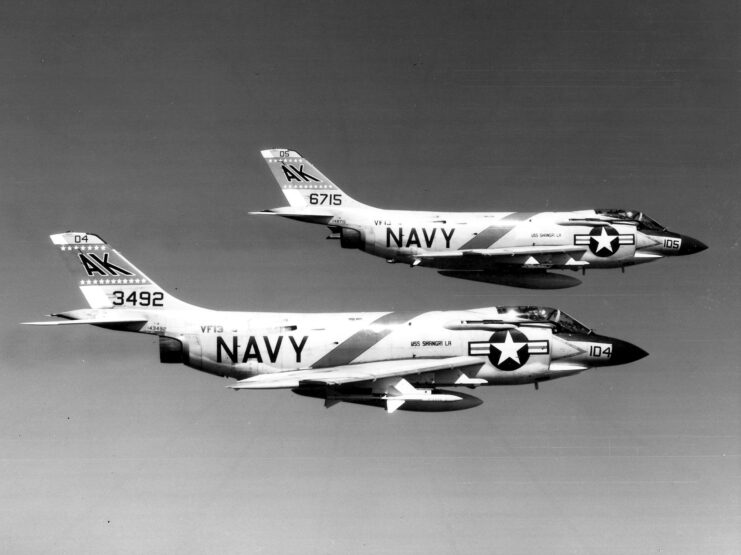
With a length of 59 feet and a wingspan of 35.4 feet, the McDonnell F3H Demon was of a similar size to its counterparts. Manned by a crew of one, it could reach a top speed of 716 MPH at sea level and 647 MPH when flying at 30,000 feet. Due to its rather high fuel consumption, it only had an operational range of between 1,180 and 1,370 miles.
A rather short service career
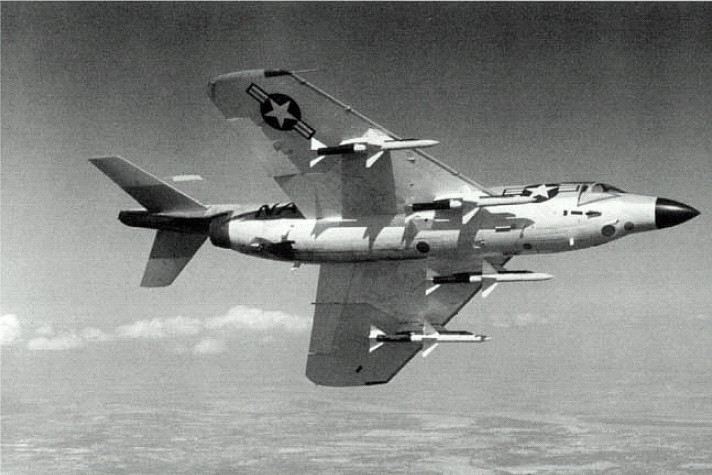
While the F3H Demon didn’t have the supersonic abilities the US Navy had hoped it would, it was still effective as an all-weather, missile-armed interceptor. This meant it was the ideal companion for the service’s day fighters, such as the Grumman F-11 Tiger and the Vought F-8U Crusader.
The F3H saw action in only a handful of conflicts, all of which occurred in 1958. The first was the Lebanese Civil War, a political crisis caused by religious and political tensions in the country. The second was the Second Taiwan Strait Crisis, which many view as “the first serious nuclear crisis.” Operating in all conditions, the F3H provided fleet defense over Quemoy Island.
Throughout this time, pilots grew to appreciate the aircraft’s abilities, with the airmen given the nickname, “Demon Drivers.” Those who worked on the F3H were affectionately known as “Demon Doctors.”
Retirement of the McDonnell F3H Demon
